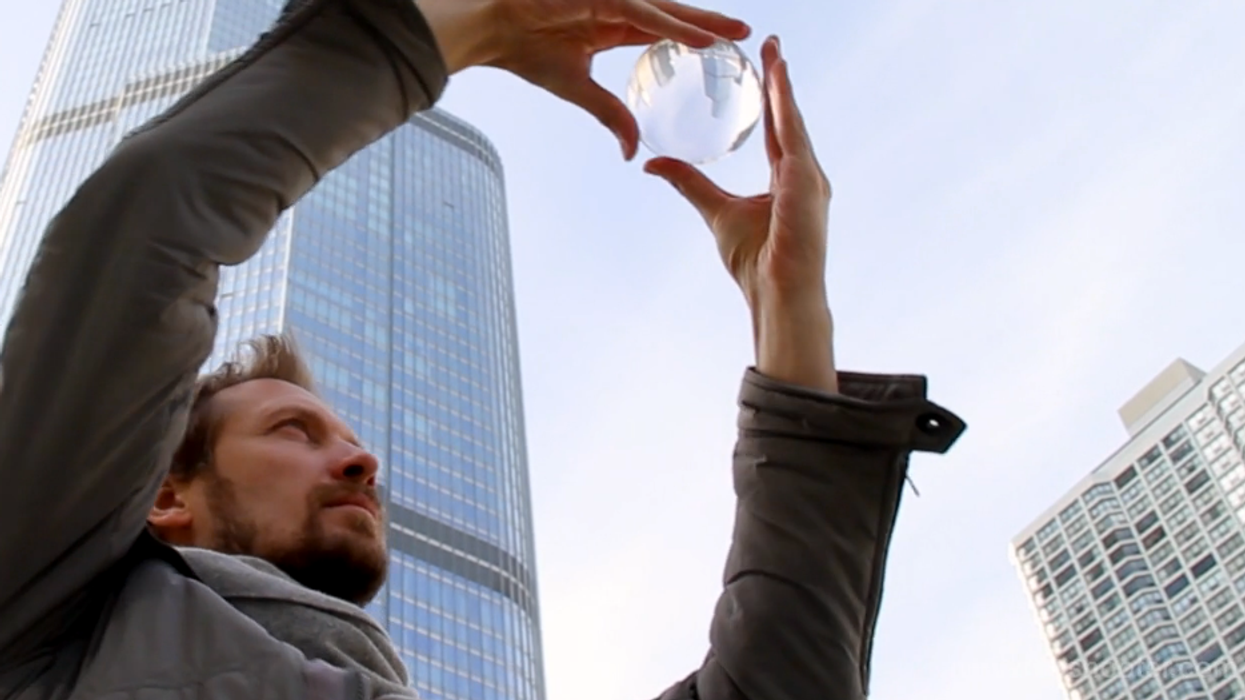Caleb Pike Shares 7 Tips on How to Shoot for the Edit

We've all been there. You shoot for days on end, pouring your heart and soul into your shots, only to find out later that you don't have the proper material for a successful edit. This dilemma often means one of two things, neither of which are preferable. Either you suck it up and have an edit that is subpar, or you go out and re-shoot, which costs time and money. Luckily, all of these problems are avoidable if you go into your shoot with the mindset of an editor. Caleb Pike from DSLR Video Shooter shows you how:
Here's Caleb's awesome video tutorial on how to shoot for the edit:
A few of his tips are geared towards documentary production, and they're tips that are guaranteed to not only save you some time in the edit process, but tips that will ultimately help you produce a better film:
Get it on film: If you’re shooting interviews, have the talent state their name, title and how it is spelled on film. Later your editor can easily add this info without hunting down emails and names.
B-Roll: Always capture more B-roll than you think you need. B-roll is the glue to every video, without them, your piece doesn’t tie together well and you will lose viewers.
This second tip might just be the most important thing that you could ever do when shooting for the edit in documentary production. Trying to piece together a coherent story without being able to hide your cuts with appropriate B-Roll can be one of the most frustrating experiences ever. Please shoot relevant B-Roll and lots of it, otherwise your editor may never speak to you again.
Caleb's techniques also cross over into the world of narrative production as well. Here are a few tips that are crucial to the edit in traditional narrative filmmaking:
Transitional shots: Learning how to shoot transitional shots gives your final piece a great look and a very creative way to create transitions without artificial crossovers and fades.
Slate your shots: Using a slate can extend the life of your editor or you. If you have a shoot with multiple scenes, takes and shots, a slate is undoubtedly the best way to organize your footage in post. Trust me, it’ll save you a lot of pain and suffering.
In narrative work, slating is a no-brainer, and it should be practiced religiously on every set, regardless of the size of the film. On the other hand, transitional shots, especially the kind demonstrated in the video (where something either black or white enters the frame at the end of the first shot, then exits the frame at the beginning of the second shot) need to be used carefully, as this technique has been used and abused in many productions over the years. Having a character walk into the camera to black it out, then walk away on the other side is nothing new, and it should probably be avoided.
However, transitional shots can be more than a simple blacking out of the frame to get you from one shot to the next. As storytellers, we should always be thinking about how we're going to get from one scene to the next, and there are a number of interesting methods with which to accomplish this.
One of my favorites is the graphical match cut, in which the graphic qualities of the last frame match the graphical qualities of the first frame in the next shot. Think of the bone flying through the air in 2001: A Space Odyssey as it cuts to a space craft with the same physical shape as the bone. That's perhaps the most dramatic graphical match in cinema history, but it should get you thinking about creative ways to pull off scene transitions.
What do you guys think? What do you think of Caleb's techniques of shooting for the edit? Do you have any of your own to add? Let us know in the comments!
Link: Shoot Like An Editor: 7 Tips That Will Make You A More Valuable Shooter - DSLR Video Shooter











